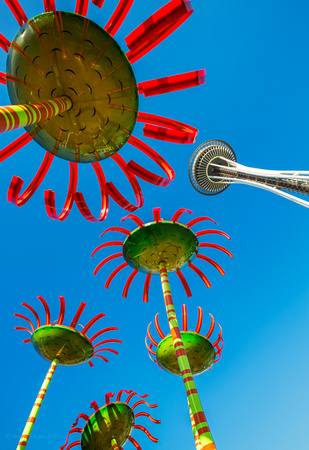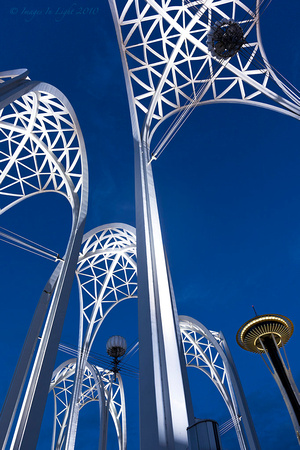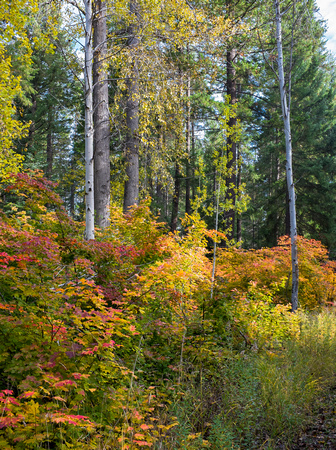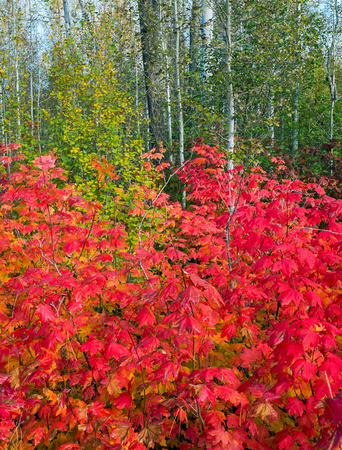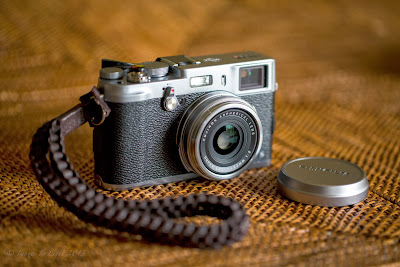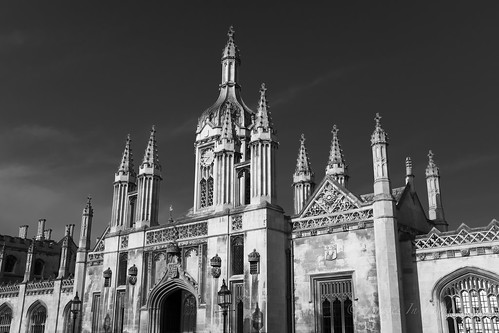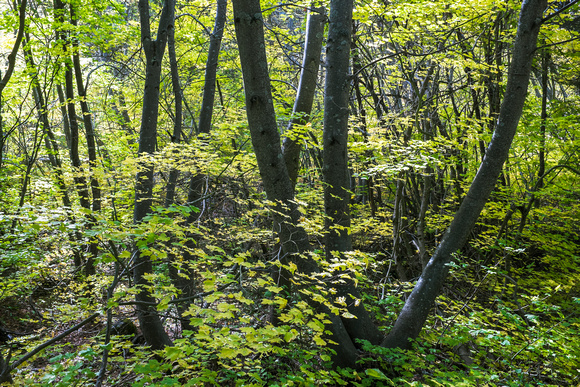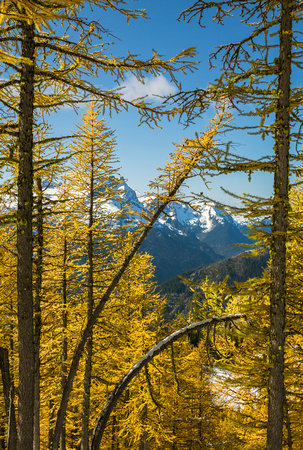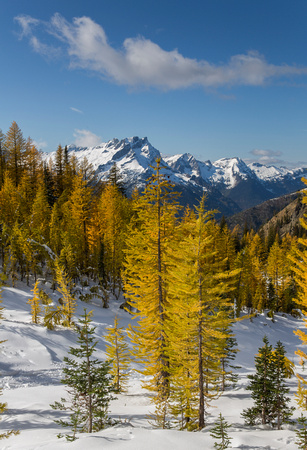Image: X100s, f/11, ISO 800, 1/70 sec
100% crop of upper image.
I'm going to do something here I don't normally do, review a camera. I'm doing this for a few reasons, first is, I would like to get a review out there based on a Landscape photographers view of the X100s. Also from some one who has not yet drunk the Fuji cool aid. Secondly from the perspective of using it as a second camera in a more casual manner. Lastly, I like what I see Fuji doing with their design and I have been intrigued by it for some time.
So if your interested in how the X100s behaves, check back from time to time as I update this review.
I will be shooting mostly RAW and converting with Lightroom 5, finished images will be done in CS6, that is my normal workflow. Most work will be done off tripod so I can see how it resolves at higher ISO's.
Image: Out of Camera jpg, Street Art, 1/2500, f/5.6 at ISO 200
The look:
Fuji has decided to go a different route than other manufacturer's, with the look and feel of their cameras and how the final images appear on screen and print. At the heart of this look is the X-trans sensor, see the Fuji site
here I wont be detailing specs here, that's been done all across the web for people to find.
As most people are aware of, this camera produces some of the finest OOC (out
of camera) jpg's that can be found today. Fuji has managed to find a way
to reproduce very natural looking images straight out of camera. This
is an exception in today's market and Fuji should be commended for that. a lot of it is based on Fuji's history in film and their detailed analysis of color. I used to shoot with
Fuji Velvia 50 back in the day, for landscape it was hard to beat. Fuji has done a great job of reproducing true to life color in their jpg output.
Image: x100s, ISO 640 at f/11, 1/125 sec, hand held.
Fuji has found a way to to appeal to the
photographer of yesteryear with their vintage range finder looks, its a
camera that will appeal to film shooters and photographers that like s
lot of manual control in their camera. This camera will greatly benefit people that don't like to sit behind a computer useing imaging software, it just takes fantastic images. Having said that,
shooting RAW will almost always allow you to pull more detail from an
image.
The Lens:
Fujinon lenses have been around for years, pro's have been using them on their Hassy's for decades, Fuji makes great glass. The 23 mm aspherical lens on the X100s is no exception, not super sharp at f/2 but no slouch either, sharp stopped down, as good as any when good technique is used. Prone to flare but that can be easily remedied with a lens hood.
X100s Flare example, 1/125 at f/11, ISO 200
not as bad as the camera used by J.J. Abrams in Star Trek
Sharp and relatively distortion free, the 23 mm f/2 lens is a winner as most other Fujinon glass is. Focusing is smooth and the lens is well built, manual focusing is easy even if you don't have the best of eyesight, using peaking and split image aids is a blessing. Micro contrast and resolution are very nice.
I thought it would be very limiting using just a 23mm lens (35mm equivalent) but I was wrong, it just makes you get a little exercise is all, your creativity will thank you for it.
Handling:
This is where most people are let down by the Fuji cameras, with reason. Fuji has made great strides forward in improving their cameras handling, especially the auto focus. If you are used to shooting a DSLR however you will be disappointed, but that is currently the nature of mirrorless cameras. There are also some finicky menu options and a few quirks that makes one shake their head. Fuji, however fix's most problems with firmware updates, I returned the original X100 within a couple days due to handling issues, the X100S though, looks like a keeper. One needs to understand when using this camera, it takes a little more time, its more about the experience with the X100S.
A good byproduct of its size is, it appears to be less intimidating when you point this at people,
instead of a large DSLR, so people feel more comfortable with you taking
their photo. This camera can be pulled out quickly and unobtrusively and the shot taken before people even realize you have taken it. A fast flash sync speed and quiet
leaf shutter also help to be less obtrusive and the flash is pretty amazing for a built in.
Manual focusing is relatively easy with new features like focus peaking and digital split imaging, many other improvements over the original X100 make the new version a pleasure to use.
Image Quality:
This is what its all about and this is where Fuji makes things happen, with out a doubt this camera produces great images, even jpg out of camera shots are very nice. As good as a full frame DSLR?
no, I'm afraid not, but you can't expect that from a APS-C camera. Color, texture, detail, micro contrast and sharpness are all excellent. People shooter, that's how I like to think of the X100S. I enjoy using it to take pictures at parties and occasions. I love what it does for people, especially skin tones. It excels at images of friends and family.
Black and White conversion:
The conversion to black and white is handled well, a testament to Fuji's dynamic range, you can turn blue sky's to near black before seeing any artifacts. A very nice feature to have.
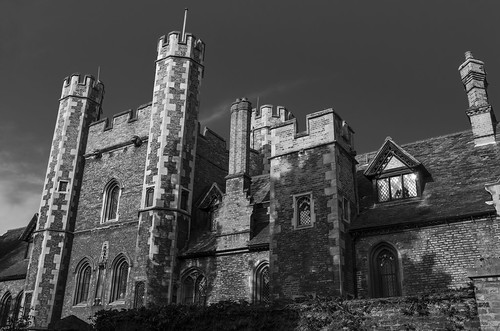
I highly recommend this camera, for certain people, those that know photography well and don't mind working around the slower handling. To others it may be a little frustrating to use and at this price point, its not a camera you want to leave at home in favor of your point and shoot. It feels good to use, I feel like I did in the film days, I take more time. I am looking forward to more from Fuji.
I also highly recommend some accessories with the X100s, including the following, the Thumbs up
EP-2S, a soft shutter release like the
Act 3 and my favorite wrist strap by
Barton, screen protection
Expert Shield.
Buy the X100T from B and H
here. Now upgraded and better.
Ross

